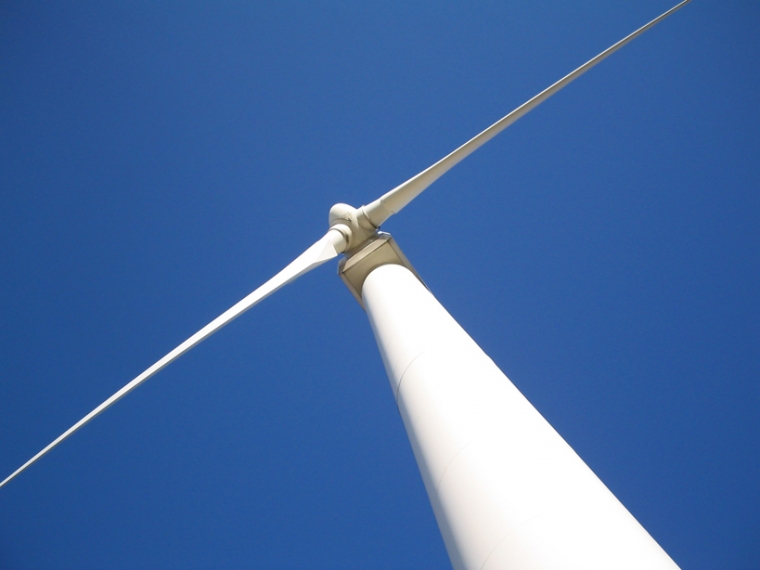
"Shared ownership, like local ownership, is a valuable tool for enhancing community wealth over the long term. Both represent the innovations in social technologies that must evolve alongside innovations in physical technologies—like wind turbines, organic agriculture, or sustainably managed forests—if we’re to create an economy in which prosperity is both sustainable and shared. If sustainable technologies are about the what of the living economy, local and shared ownership designs are about the who: who will own the productive capacity of the nation, who will control it, and who will benefit from the wealth created."
Shared ownership takes many forms. For example:
"In Arizona and New Mexico, a ranchers’ organization called the Malpai Borderlands Group is preserving nearly one million acres as unfragmented open space for wildlife using conservation easements, another tool for sharing ownership. These legal covenants combine private ownership of the land with a binding commitment that further development will cease.
In Maine, communities are using agreements called working waterfront covenants to preserve waterfronts for commercial fishing. The covenants are shared ownership agreements that attach to property deeds in perpetuity. These covenants allow the state of Maine to purchase and hold development rights so that local fishermen can continue fishing even as they receive payment for the sale of development rights.
In Denmark, cooperatively owned wind guilds—similar to Minwind—have helped the Danish transition to wind power more quickly than any other nation, with the help of policy frameworks that encourage cooperative wind ownership. If we had such policies in the U.S., offshore wind projects, rather than being seen as outside developments to be resisted, could be seen as a chance to join neighbors in a shared investment opportunity. Local ownership could lead to pride rather than resistance.
In a model now spreading throughout the U.S, residents of manufactured homes are joining together to create resident-owned communities. By cooperatively owning the land beneath these communities, residents transform the legal status of their homes from personal property into real estate. The result is increased property values, more stable families, and greater participation in the life of the community." Read more
